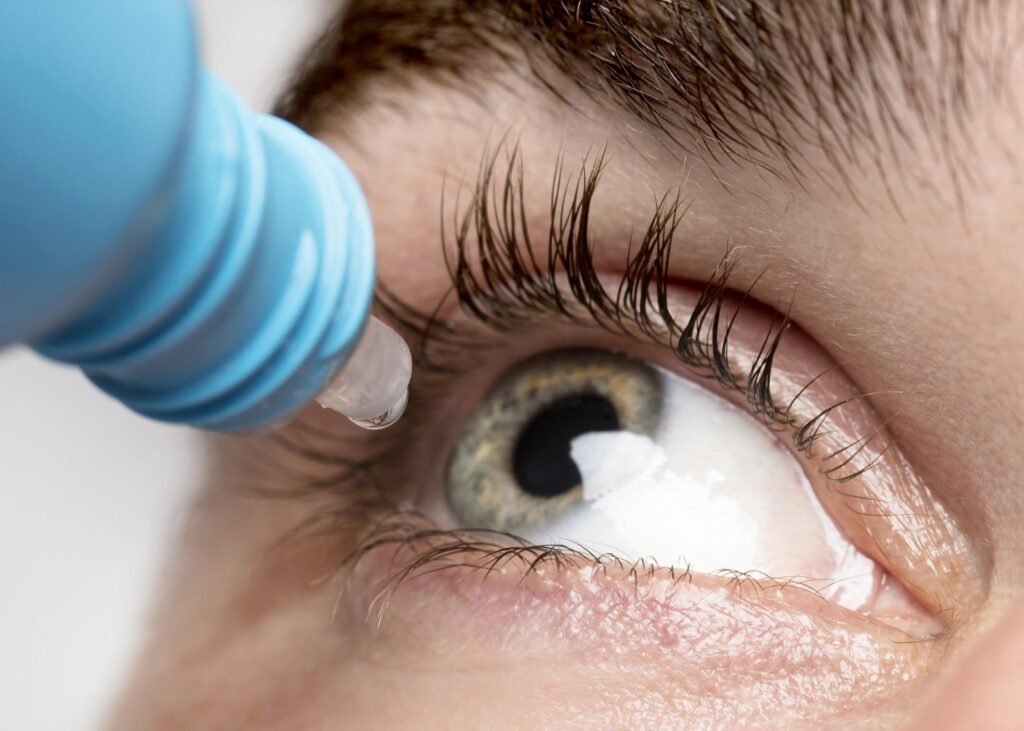Eye Flu: Conjunctivitis

Causes, Symptoms, and Treatment for Eye Flu
Eye flu is a common and contagious eye infection that affects the conjunctiva, which is the thin and transparent tissue that covers the white part of the eye. The infection can be caused by a virus, bacteria, or an allergen, and it can spread easily from person to person through direct or indirect contact, such as sharing towels, eye makeup, or touching contaminated surfaces.
The symptoms of eye flu, also known as conjunctivitis, can vary in severity and duration depending on the cause of infection and individual factors. However, some of the most common symptoms of eye flu include:
- Eye redness: The conjunctiva becomes inflamed and gives a pink or red appearance to the eye.
- Eye itching: The eye may feel itchy, especially in the inner corners near the nose. The urge to rub the eye can make the condition worse.
- Eye discharge: Sticky, watery, or thick discharge from the infected eye can develop. In some cases, the discharge may be yellow or green if caused by bacterial conjunctivitis.
- Eye burning or stinging: The affected eye may feel as if something is burning or irritating it, causing discomfort.
- Sensitivity to light: The eye may become sensitive to light, causing the individual to squint or turn away from light sources.
- Blurred vision: Blurry or hazy vision can occur due to the discharge or inflammation of the conjunctiva.
- Swollen eyelids: The eyelids may become swollen due to inflammation or accumulation of discharge on the surface.

Treatment for eye flu
The treatment for eye flu depends on the cause of the infection. If the cause of the infection is bacterial, the doctor will prescribe antibiotic eye drops or ointments to eliminate the bacteria. For viral infections, antibiotics are not effective, and the condition will generally improve on its own. In the case of allergic conjunctivitis, the doctor may prescribe eye drops that contain antihistamine medications or steroids to reduce inflammation.
In addition to medication, self-care practices can also be helpful in managing eye flu symptoms, such as:
- Applying a warm compress to the affected eye.
- Washing your hands regularly and avoiding touching your eyes.
- Avoiding rubbing the eyes as it can spread the infection.
- Using disposable tissues to wipe the discharge from the eyes.
- Maintaining good hygiene and cleanliness of the surrounding areas.
- Avoiding wearing contact lenses until the infection clears up.
Eye flu can be treated with various medications such as antiviral, antibiotic, or antihistamine eye drops or ointments depending on the cause of the infection. In addition, it is important to maintain good hygiene such as frequently washing hands, avoiding sharing personal items such as towels, and avoiding touching the eyes.
It is important to follow the medical advice of the doctor and complete the course of medication as prescribed. If the symptoms fail to improve within a few days or become severe, it is essential to consult a doctor for further diagnosis and treatment.
Overall, while eye flu can be uncomfortable and interfere with daily activities. It usually clears up within a week or two with appropriate treatment. However, individuals with weakened immune systems or underlying medical conditions should be monitored closely, and it is important to seek medical attention if the symptoms persist or worsen.



